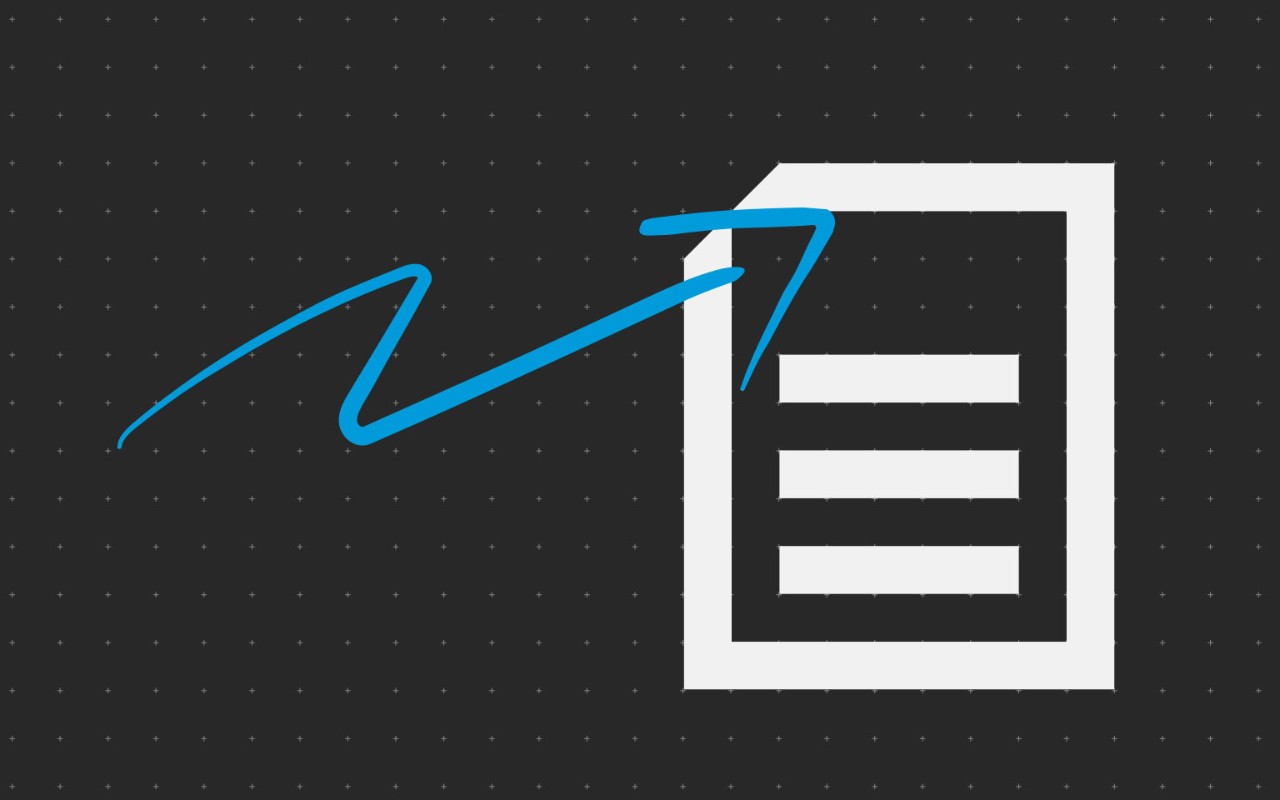What to do after a data breach
South Africa has seen a significant rise in the cost that individuals and company’s incur as a result of data breaches. Between 2020 and 2021, the average cost increased by a massive 50%, second only to Latin America.
As we’ve pointed out on a number of occasions, data breaches can have devastating consequences from financial loss to identity fraud, as well as damage to personal and organisational reputations.
It’s important to take a holistic approach to security, starting with an audit to recognise areas of risk before implementing security upgrades and streamlining workflows. Your customers could also consider outsourcing their managed print services.
But while we already know that prevention is better than cure, data breaches can and do take place, so with this in mind, it’s also essential to know what to do after a data breach has been detected. Firstly, contain the breach by limiting further access or distribution of the affected information. This may involve changing access permissions or shutting down the system completely. Then:
Assess – evaluate the extent of the breach and take steps to mitigate any further damage. Gather information to determine what remedial action can be taken to recover lost data. Change the credentials on the affected accounts to prevent further loss or potential harm to individuals.
Notify – all individuals that have been, or may be affected by the breach. This allows people to be proactive in preventing potential harm to themselves and is an important step for organisations to repair their reputations by taking responsibility and not trying to cover up a breach.
Review – Once a data breach has been appropriately dealt with, organisations should review the breach to identify areas where security needs to be reinforced or updated.
With the increase in the adoption of hybrid work models, cyber criminals have an ever increasing matrix of opportunity to access data, which means that cybersecurity needs to become a continuous and holistic priority for all organisations and individuals. By being vigilant and proactive, we can all reduce risk to our personal and organisational information.

